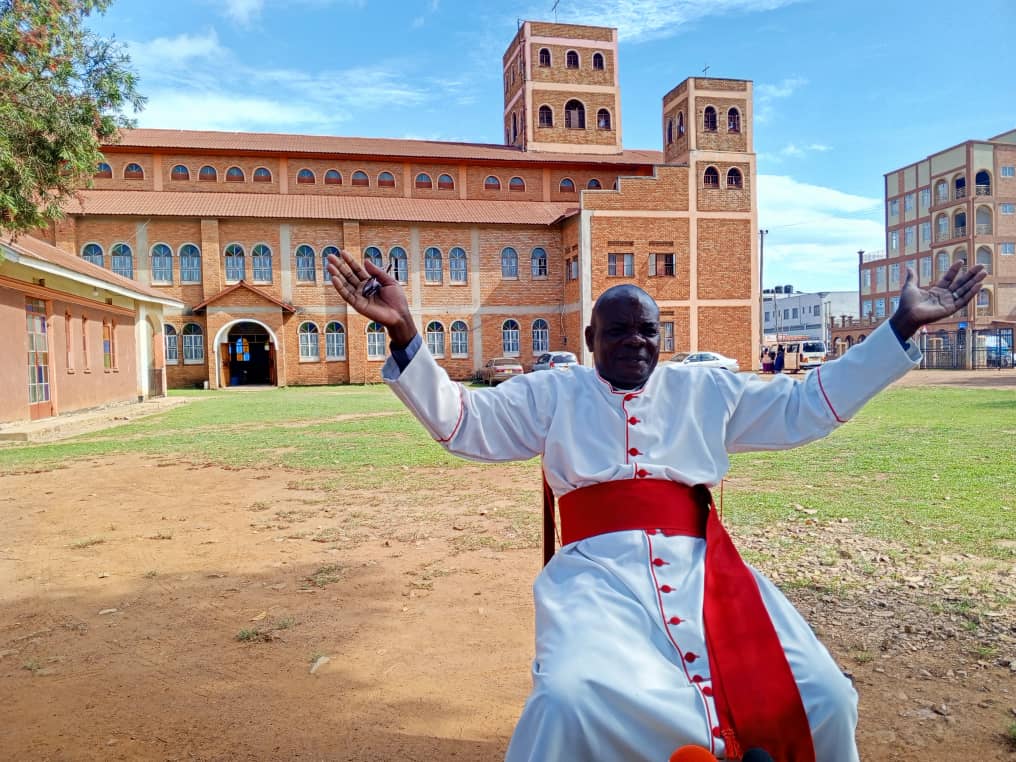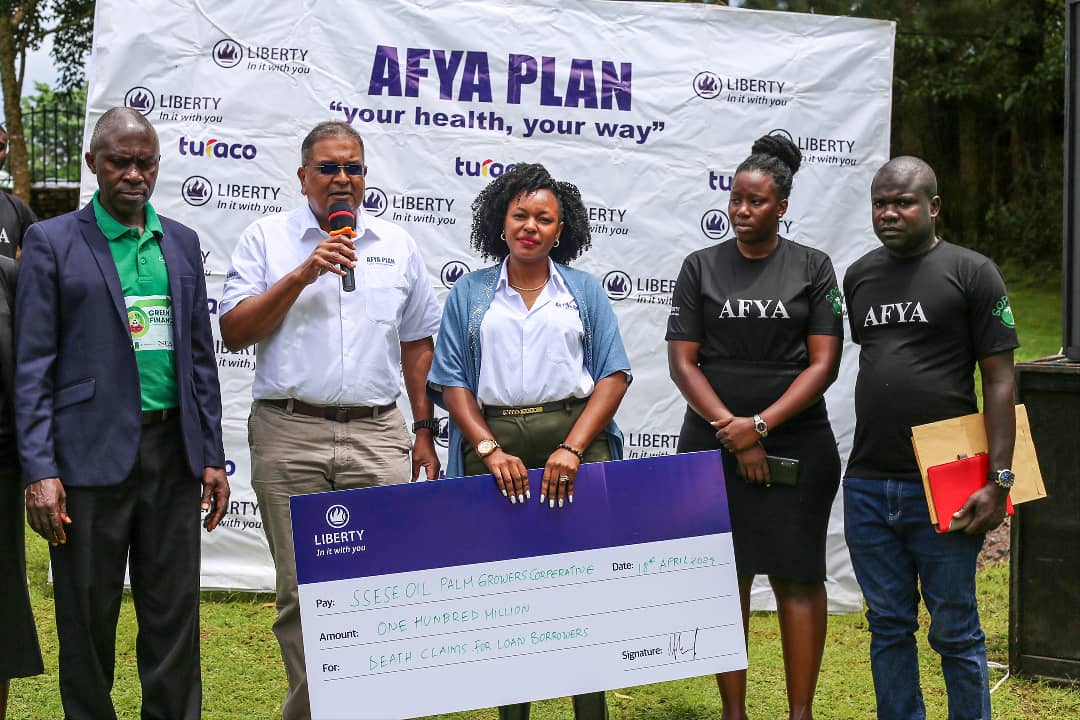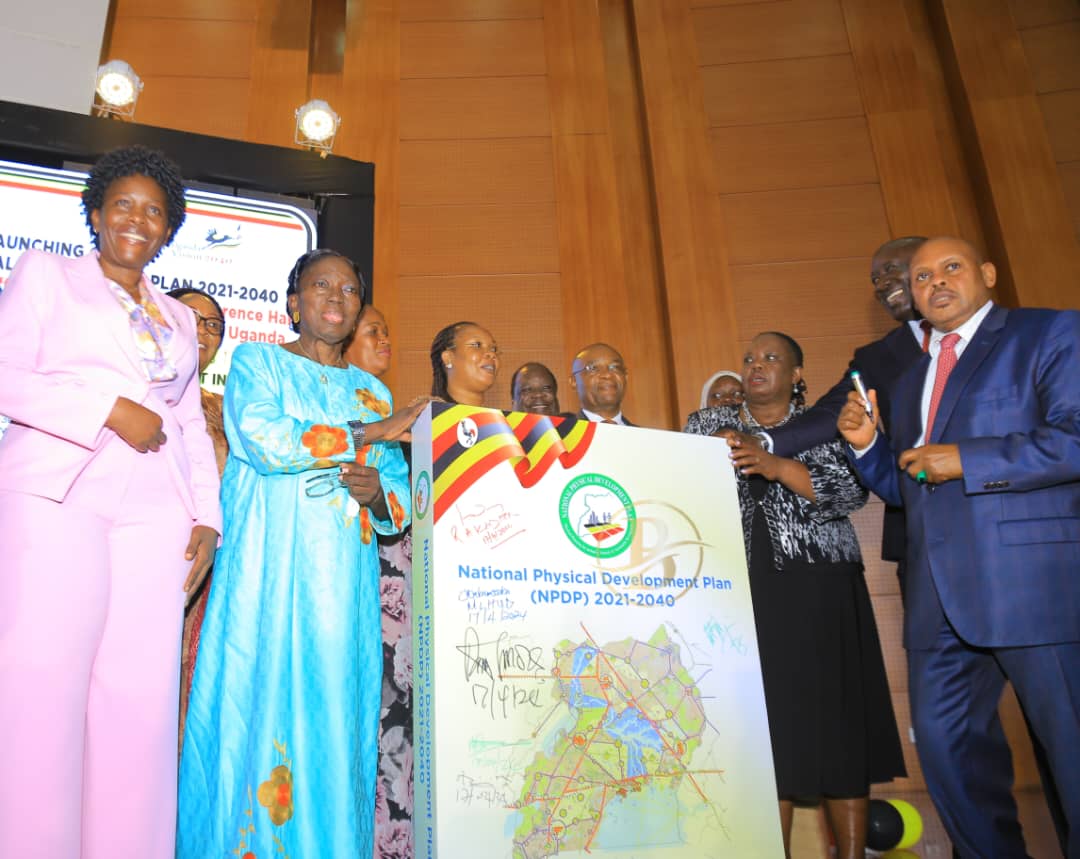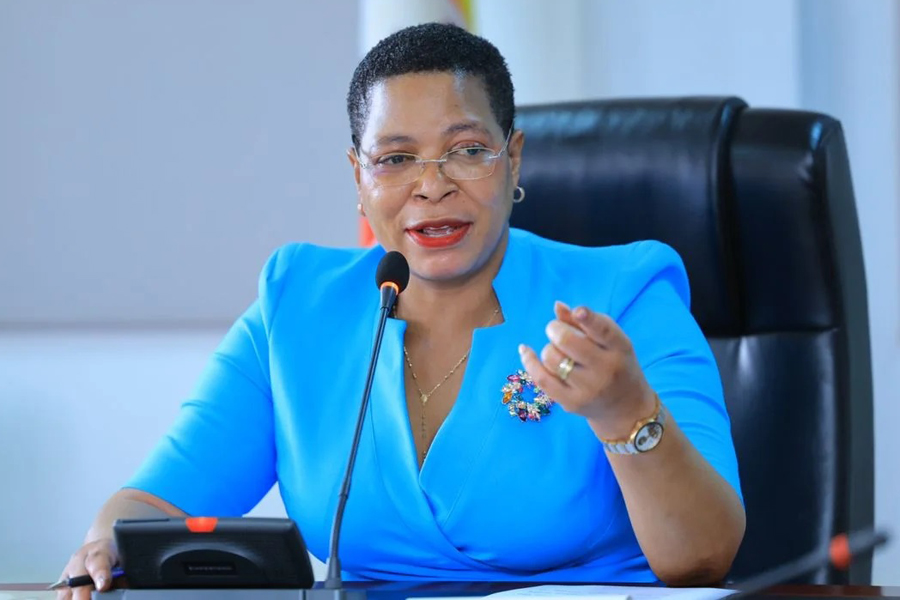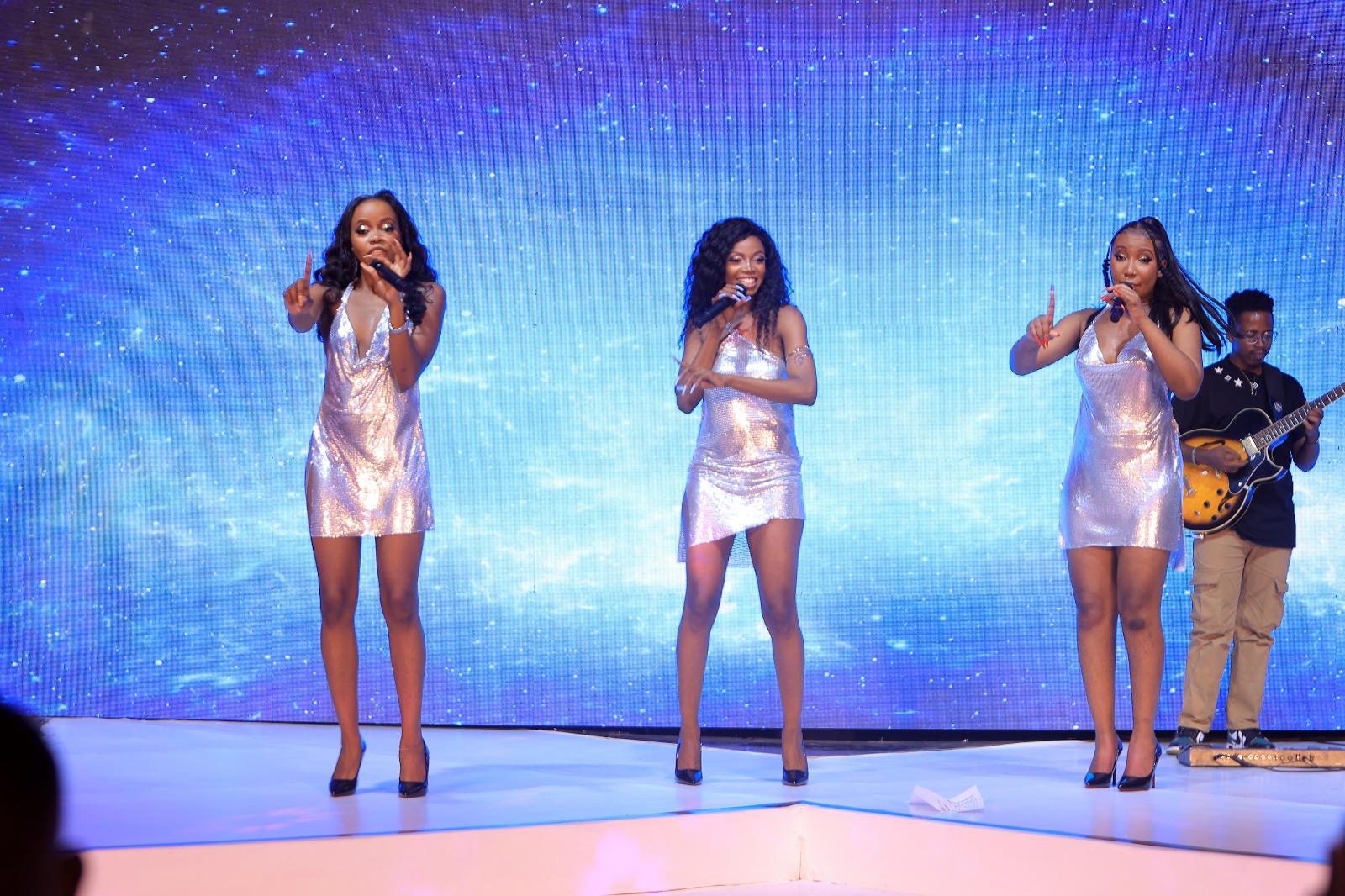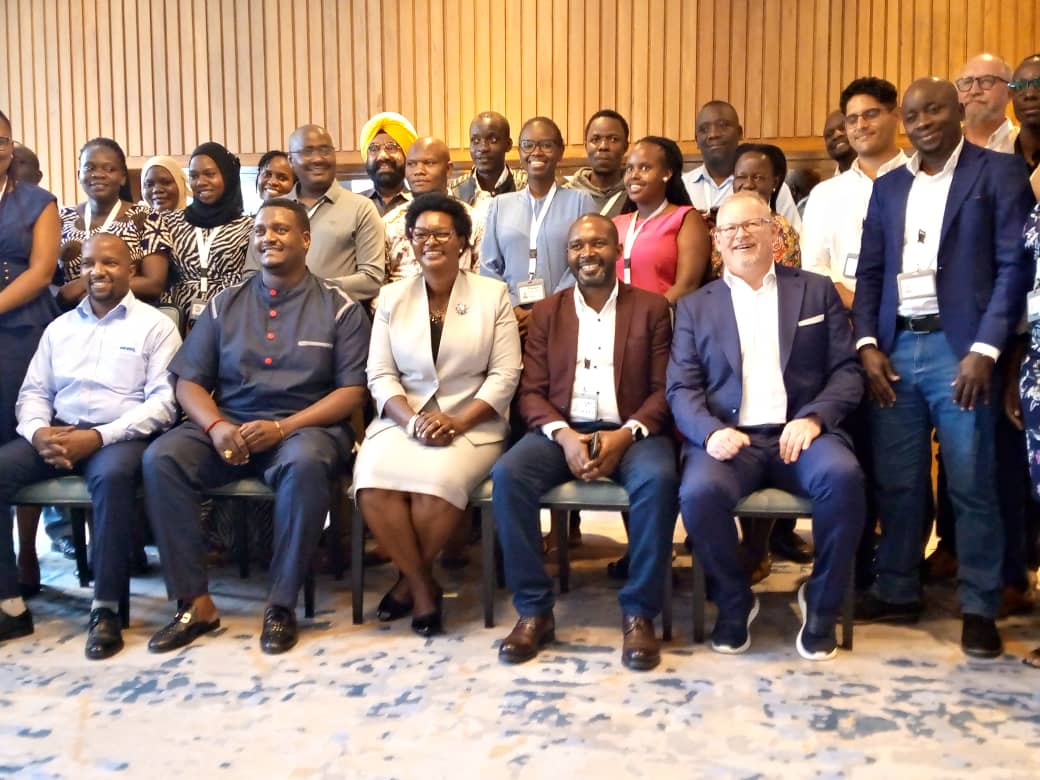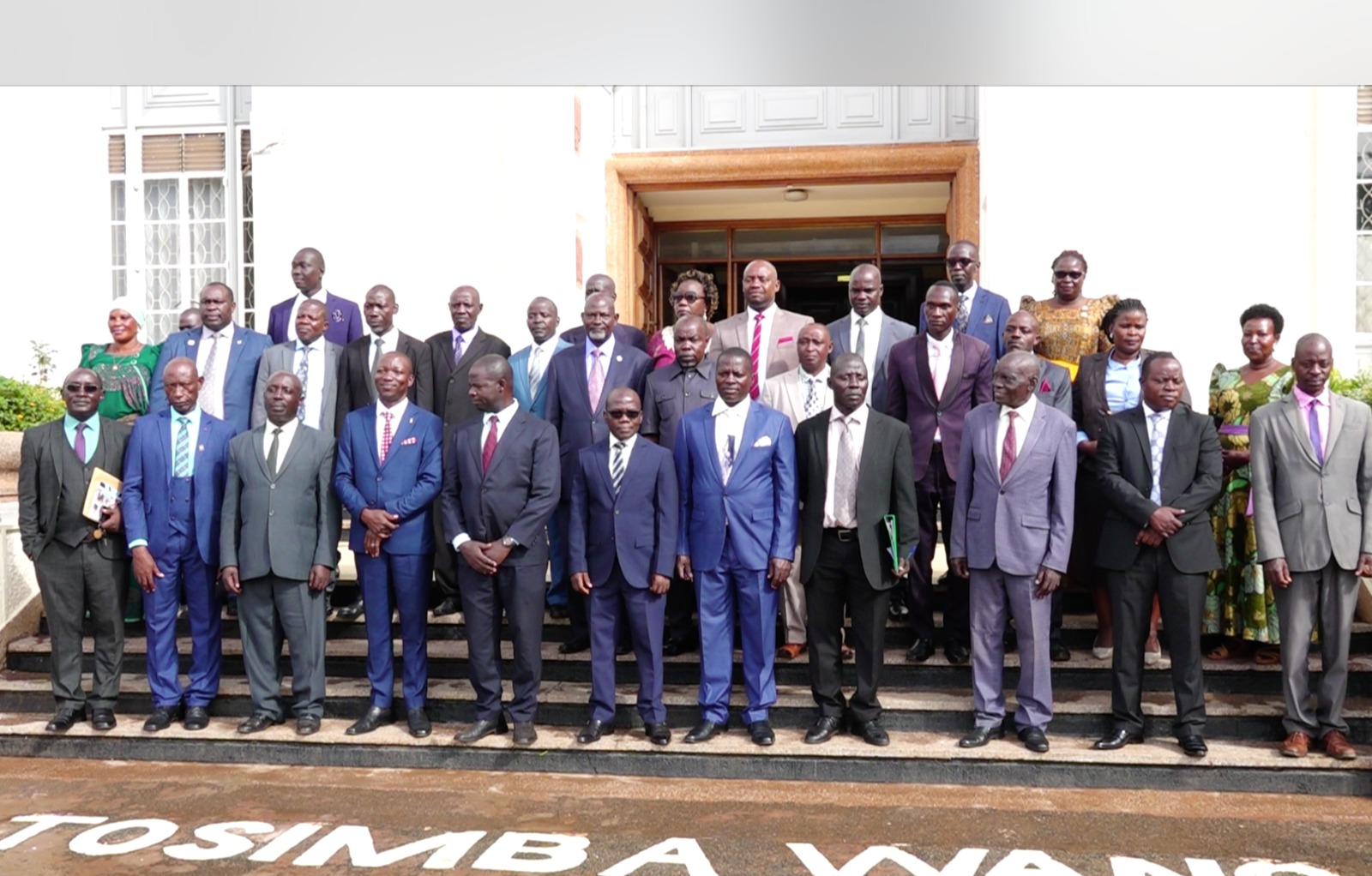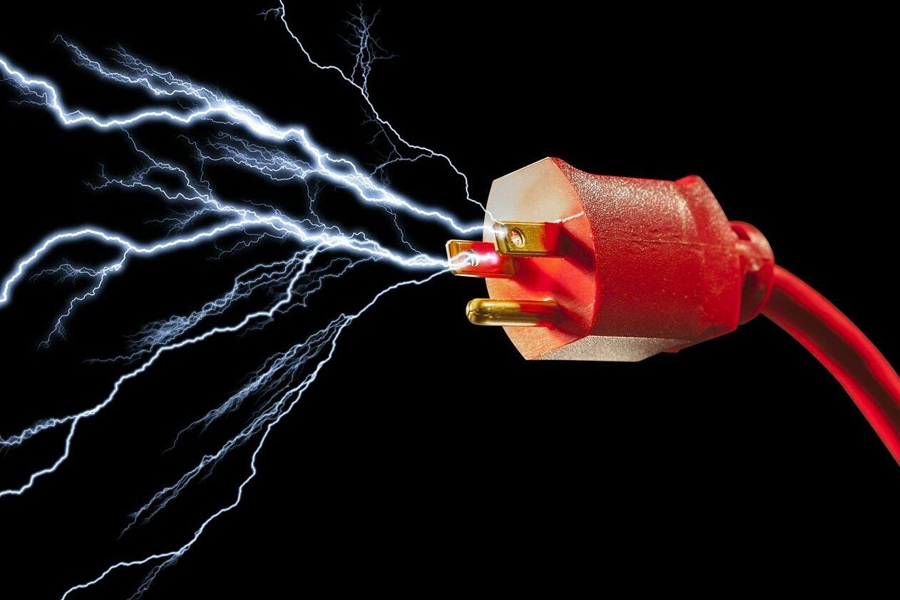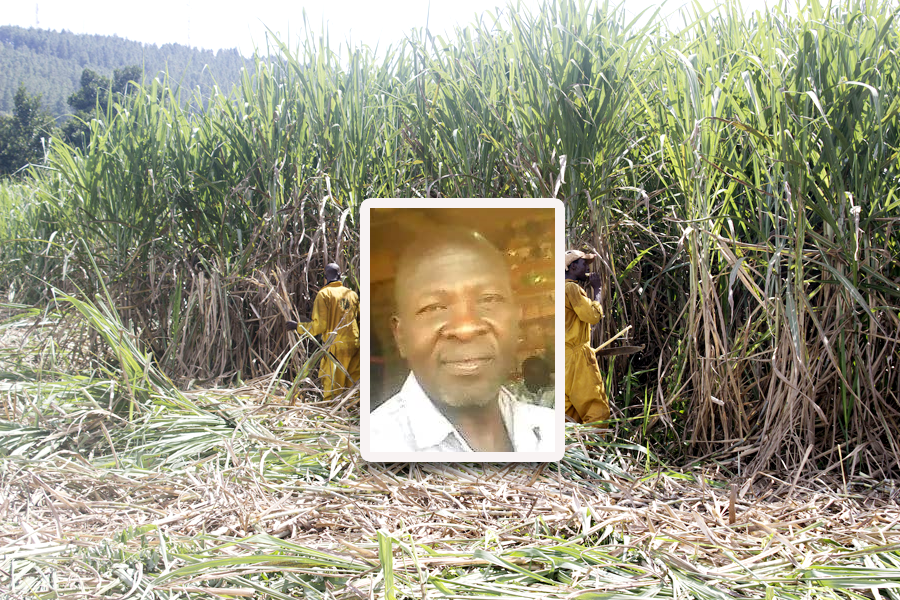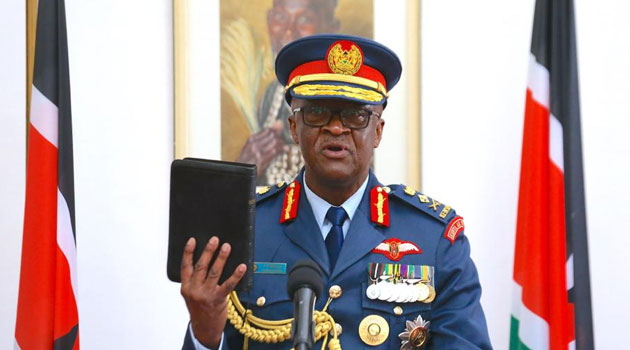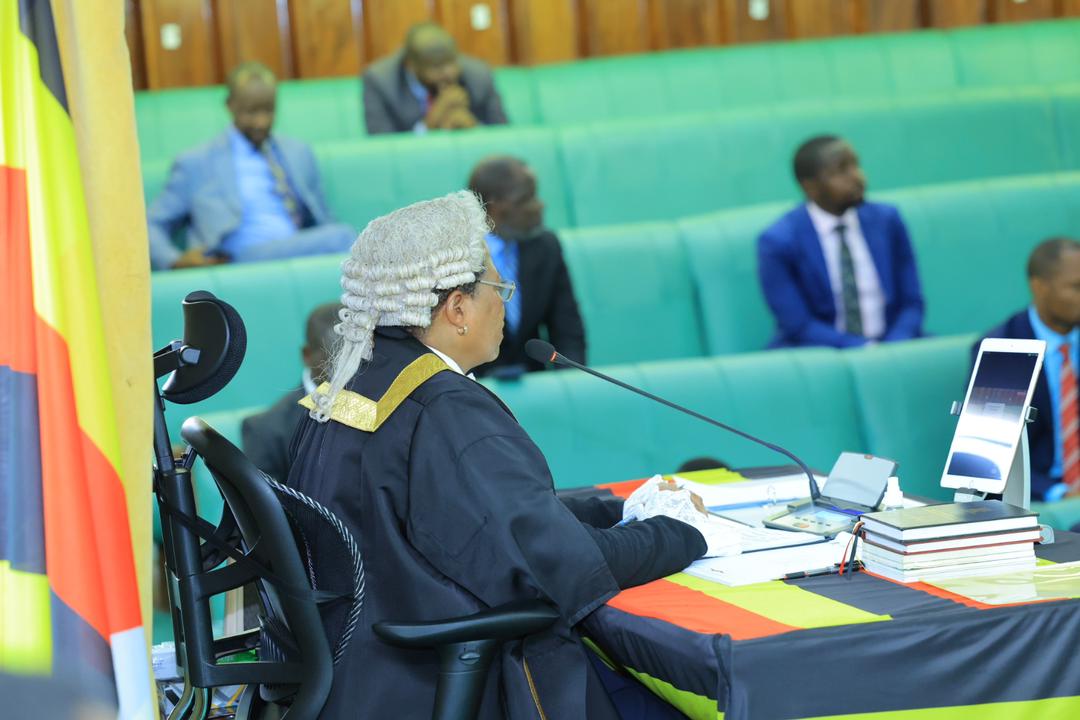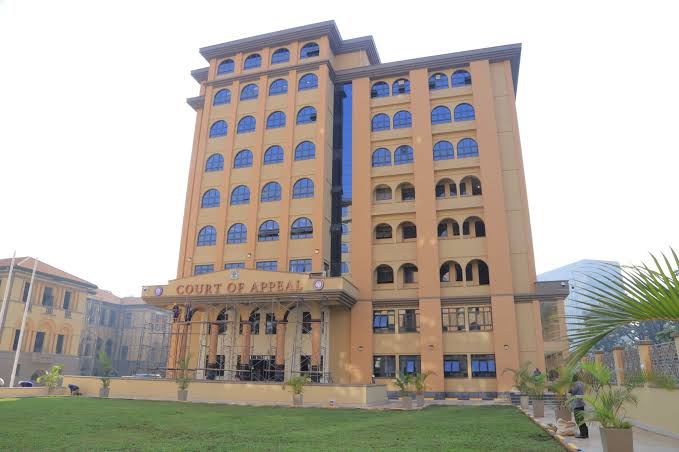How major televisions covered the 2021 general elections
The African Center for Media Excellence (ACME) has released a report detailing how the 2021 general elections were covered by the media in Uganda.
The Electoral Commission last year banned mass gatherings during campaigns as a way to avoid the spread of Coronavirus and this paved way for the media to play a crucial role in disseminating information for candidates at various levels.
Keep Reading
- > Rev Can Ateirweho lists priorities as he starts work as Bunyoro Kitara Bishop
- > Liberty pays shs100m in life insurance claim to Kalangala family
- > Uganda Charts Course for Sustainable Growth with National Development Plan
- > Speaker Among calls for guidelines to streamline transportation of school children
The latest report by ACME titled “Ugandan news media coverage of the 2021 elections” has detailed how major media houses, especially televisions NBS, NTV, Bukedde TV, Baba TV, TV West, and UBC covered the polls.
In the report, researchers led by Brian Ssenabulya , the ACME programme associate in charge of media monitoring and research, Elijah Mangeni (programme officer, monitoring and evaluation); and Executive Director Peter G. Mwesige with contributions from Apolo Kakaire (communications and advocacy manager) and Rachel Mugarura-Mutana (training manager) made the comparisons to the findings from the October and November reports focusing mainly on quantitative content analysis.
The report pays particular attention to the coverage of the 11 presidential candidates, focusing on how much airtime was dedicated to each candidate across the media platforms monitored, and the tone of coverage of the contenders.
The report indicates that the six television stations monitored carried more stories than the newspapers in December.
For instance, Bukedde TV and NBS TV led, each with a 20.5% share of the coverage, followed closely by NTV Uganda with 19.6%, and Baba TV with 17.3% while UBC and TV West closely followed in same line.
The report indicates that Baba TV, a new entrant in the market had a commanding viewership in Eastern Region and some parts of that central region while Bukedde TV has massive viewership in the central.
With 23% viewership in Eastern Region, Baba TV was followed by NTV at 19%. Bukedde, NBS and UBC closely followed whereas TV West had less than 1% among the monitored stations.
The report adds that Baba TV's popular political show The Platform was one of the most-watched— with the researchers indicating that it gave out airtime to all parties in equal measures.
Other political shows were The Spot (NTV Uganda), Frontline (NBS) Akabbinkano (Bukedde TV and Behind the Headlines (UBC).
The research has also indicated that UBC had the highest proportion of stories where the right of reply was offered (25%).
It was followed closely by Bukedde TV with 24.3% and Baba TV whereas TV West was the worst performer on this score followed by NBS TV.
Relatedly, UBC TV had the lowest proportion of issue-based stories,
followed by TV West. Out of 201 reports, UBC had only one issue-based story, while TV West had two out of 105. Baba TV and NTV had the highest proportion of issue-based stories.
On sourcing, Bukedde TV had the highest proportion of stories with two or more sources (77%), followed by NTV (72.3%). UBC had the highest proportion of stories with one or no source (55.8%), followed by NBS (50.9%).
On gender sourcing, Bukedde TV had the highest proportion of female sources in December, followed by Baba TV and TV West. As in November, NBS had the lowest proportion of female sources.
Uganda has over 40 licensed television stations but all are kept on a short leash through legislation and commercial imperatives in a market where the government is the chief source of advertising.
Journalists covering the campaigns had to endure police assault, access restrictions and regulatory sanctions such as having to register to be accredited.
COVID-19 restrictions were widely used as a smokescreen to control the media and the movement of journalists whereas restrictions were also placed on media access for opposition candidates.
“Such candidates reported incidents of being denied access to upcountry broadcast outlets by government authorities and owners fearing repercussions. Opposition candidates also lamented restrictions to the mainstream radio and television such as UBC’s network,” the report indicates.
Amid all these hurdles, the incumbent, President Museveni continued to appear daily on media outlets as his daily schedule included live TV appearances and commissioning government development projects such as roads, hospitals, markets, bridges and dams.
The report also indicates Museveni received a higher share of time in television coverage (36.5%) in December, with Kyagulanyi coming second with 29.4% whereas Amuriat had a 14.3% share in third position.
On the volume of television stories on presidential candidates by television stations,
Museveni received the highest share of stories on three of the six stations monitored, namely Bukedde TV, TV West, and UBC whereas Kyagulanyi had the highest proportion of stories on NBS Television, Baba TV and NTV Uganda.
UBC was an outlier, giving far more coverage to Tumukunde and Muntu, and the lowest proportion of any station to Kyagulanyi.
Asked why they had not covered Kyagulanyi as much as the other stations, a senior editor at UBC told researchers: “Actually we have tried as much as possible to reach out to Kyagulanyi and his team. On about 5 occasions, we have invited them to attend our talk shows dedicated to presidential candidates and they are either too busy or have not responded to our invitations. We have reporters covering presidential campaigns and we run stories on Kyagulanyi and other candidates which appear on our 11 radio stations and 2 TV channels.”
Researchers however trashed the response noting that it doesn't explain that fact even on news shows, UBC coverage of Kyagulanyi was significantly lower than that of any other TV station monitored.


